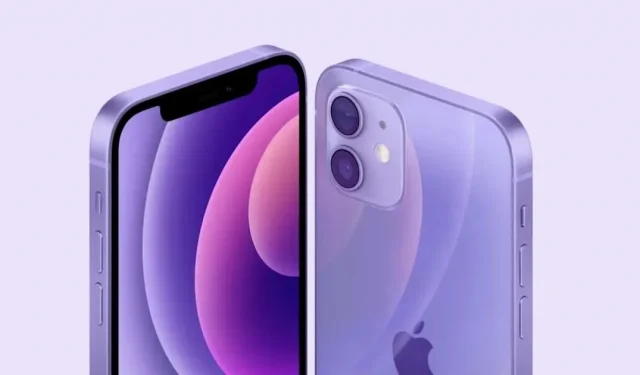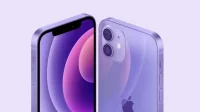Apple has shown significant market share growth in India in 2021. According to a recent report from Counterpoint, the company has sold over 6 million devices in 2021. In terms of units sold, Apple dominated the ultra-premium category in India with a 70 percent market share. A new Bloomberg report reveals that the iPhone maker was India’s number 1 company by revenue for the fourth quarter of 2021.
For the quarter, iPhone sales were up 2.3 million units, up 34% from a year earlier. Citing data from Counterpoint, the report states that Xiaomi sold more than 9.3 million units, while Apple’s main competitor Samsung reported more than 7.2 million smartphone units in the fourth quarter of 2021.
Apple sold fewer devices but generated more revenue
While competitors lead the way in terms of units, Apple recorded the highest revenue. One reason could be the higher price of the iPhone in India. Apple’s revenue was over $2.09 billion compared to Samsung’s $2 billion.
The higher price was also why Apple had a meager market share in India, which is the second largest smartphone market in the world. However, the company has paid more attention to India. “In 2018, the company faced multiple layoffs of senior executives in the country, declining sales and irate retail partners who protested its online discount practices. Apple sold 1.8 million iPhones for the entire year, less than in the last quarter,”the report said. The company has since opened its own online store and started producing iPhone models locally.
What helped Apple even more was discounts during e-commerce sales in India. During the holiday season, the iPhone 12 could be bought for less than Rs 50,000.
Despite a record quarter, Apple still holds single digit market share in India. The company still has just over 5% market share in India. Counterpoint data shows that Indians purchased over 44 million smartphones during the quarter. Over 169 million smartphones were shipped to India in 2021, up 11 percent from last year. Apple posted a 108 percent year-on-year growth with a 44 percent market share in the premium segment.


